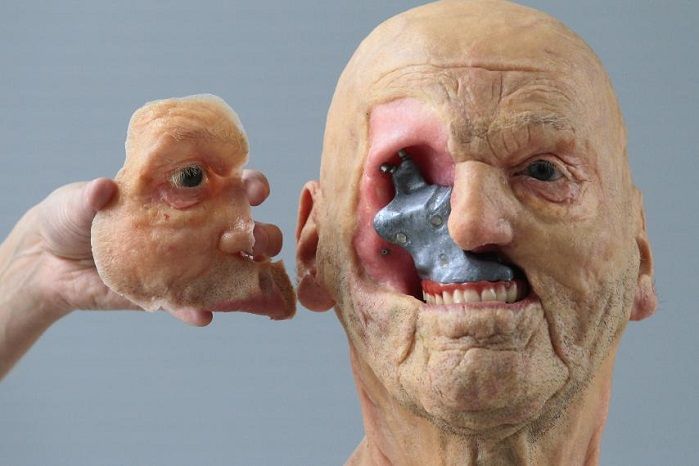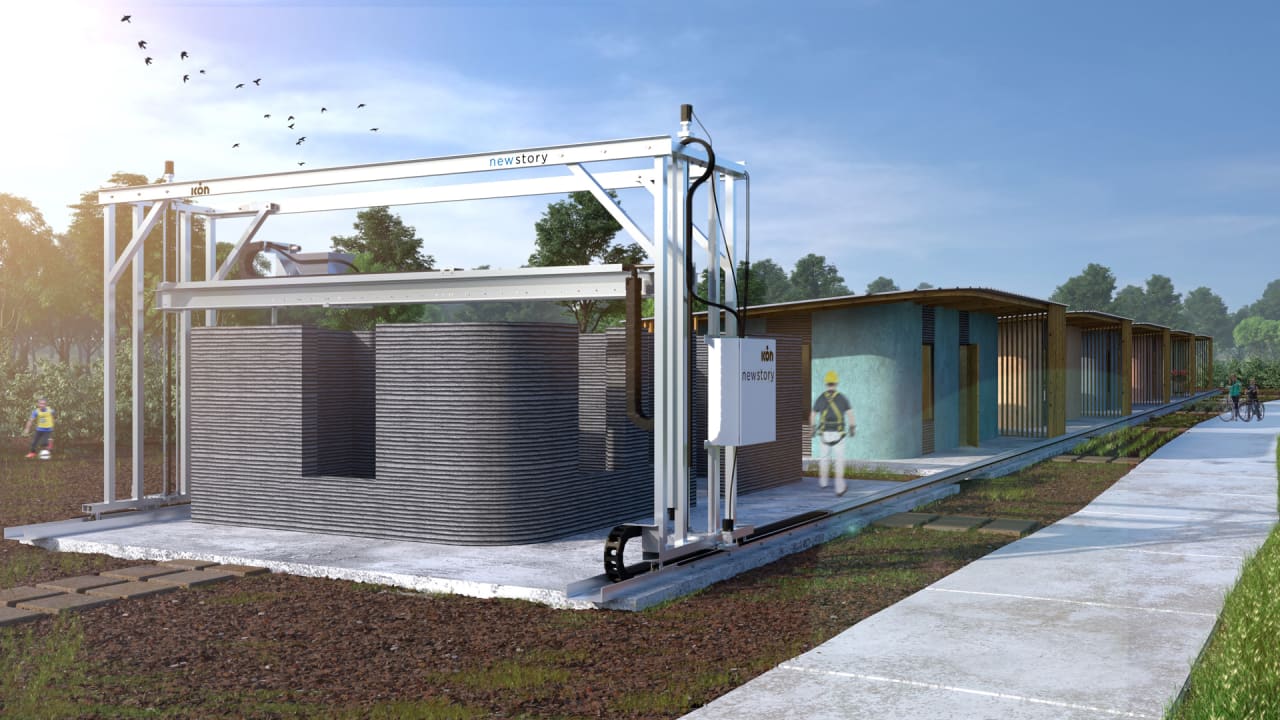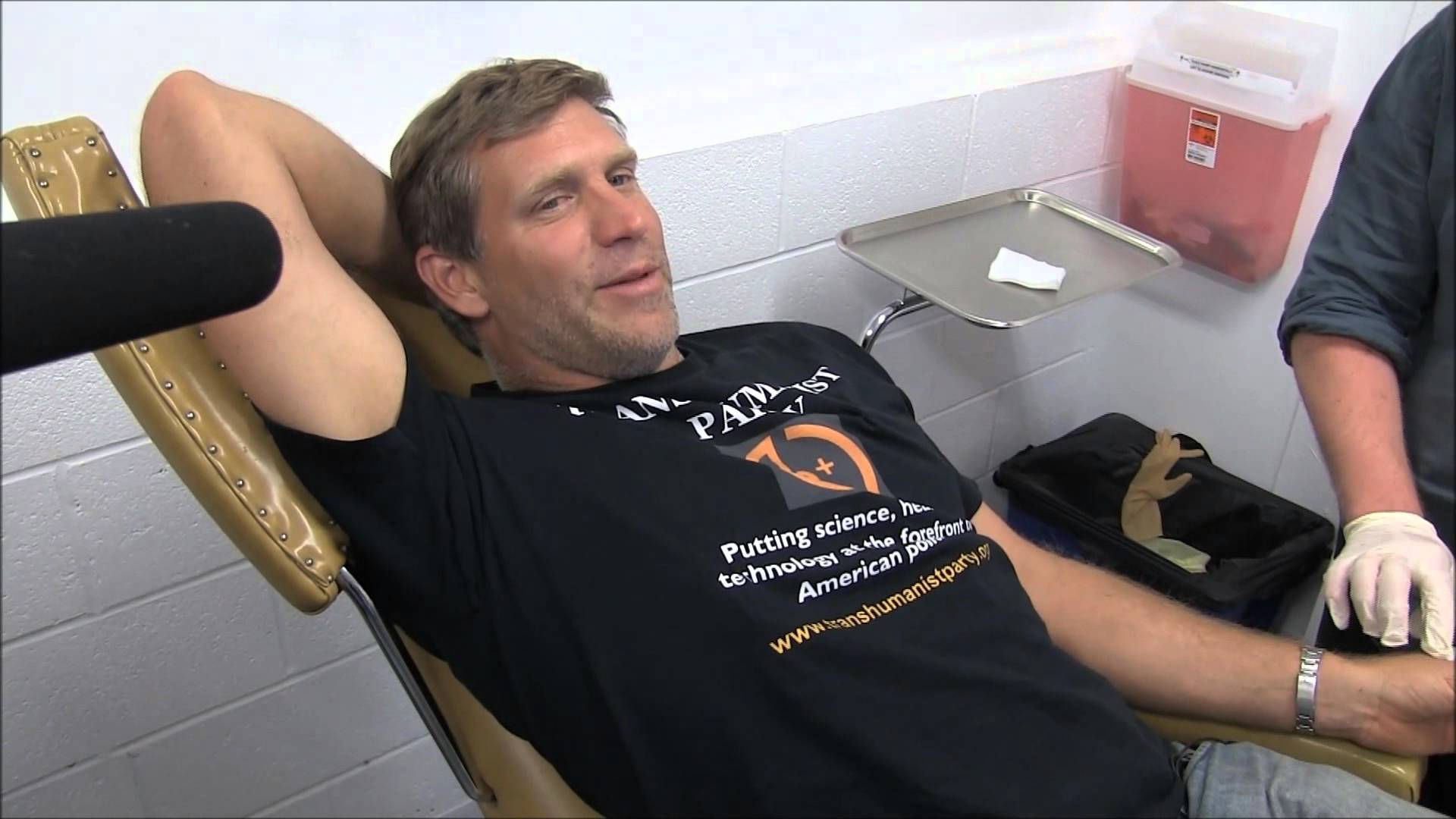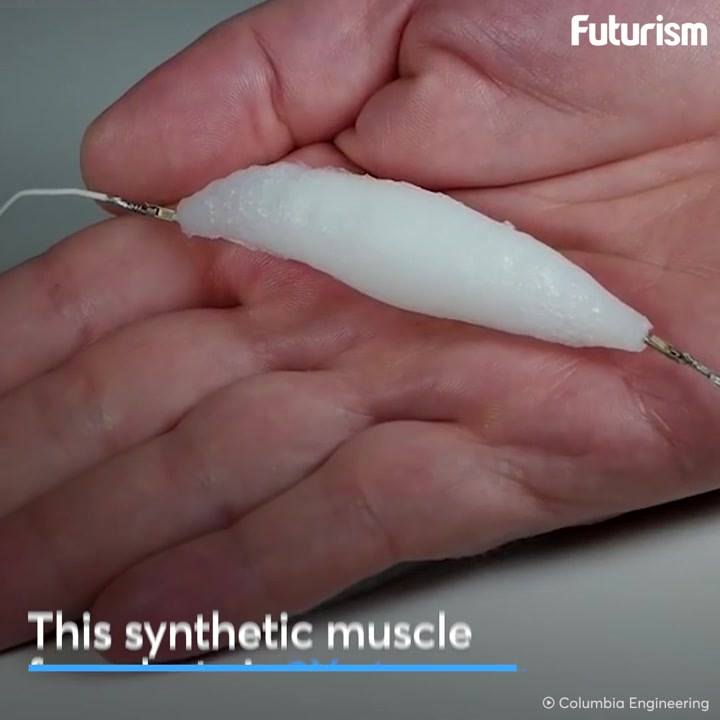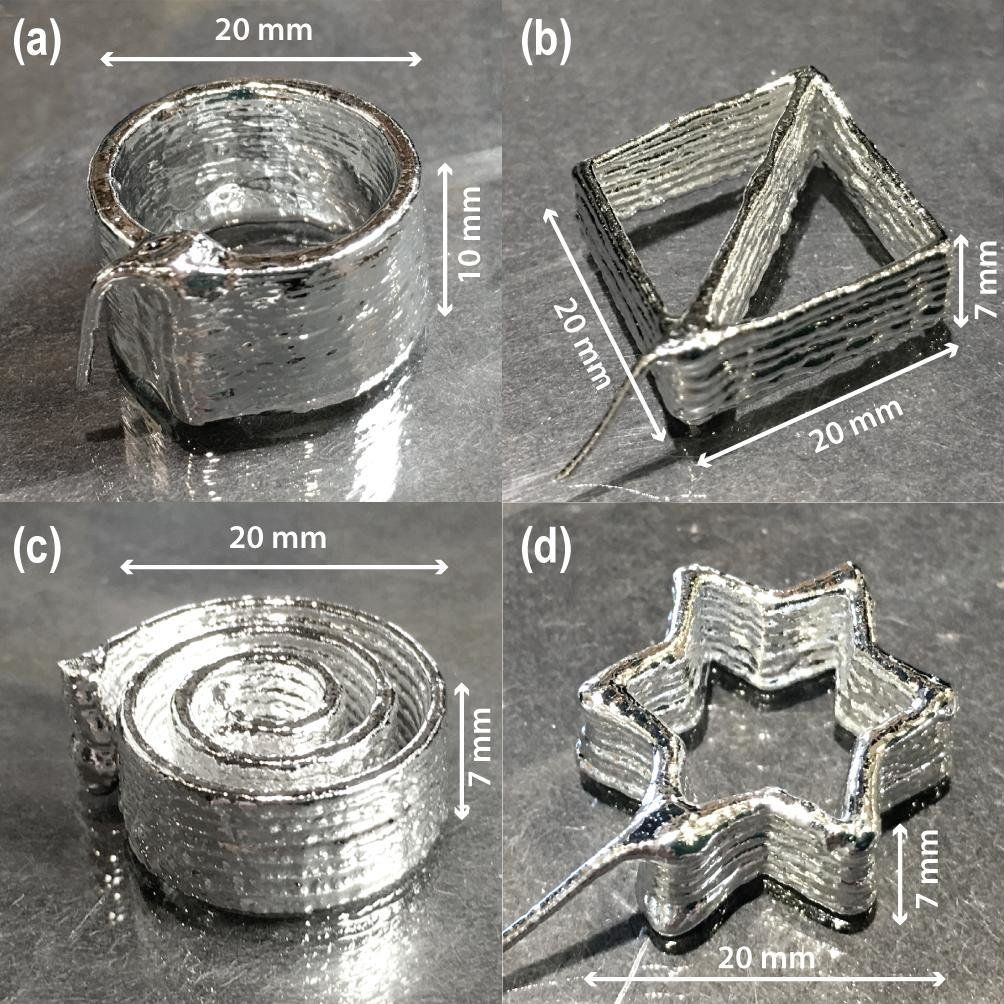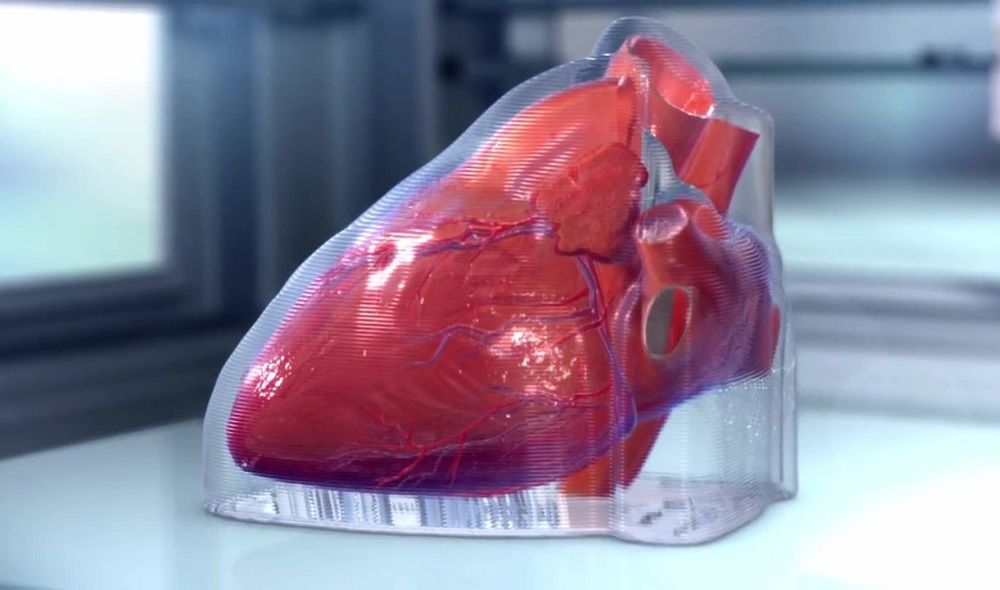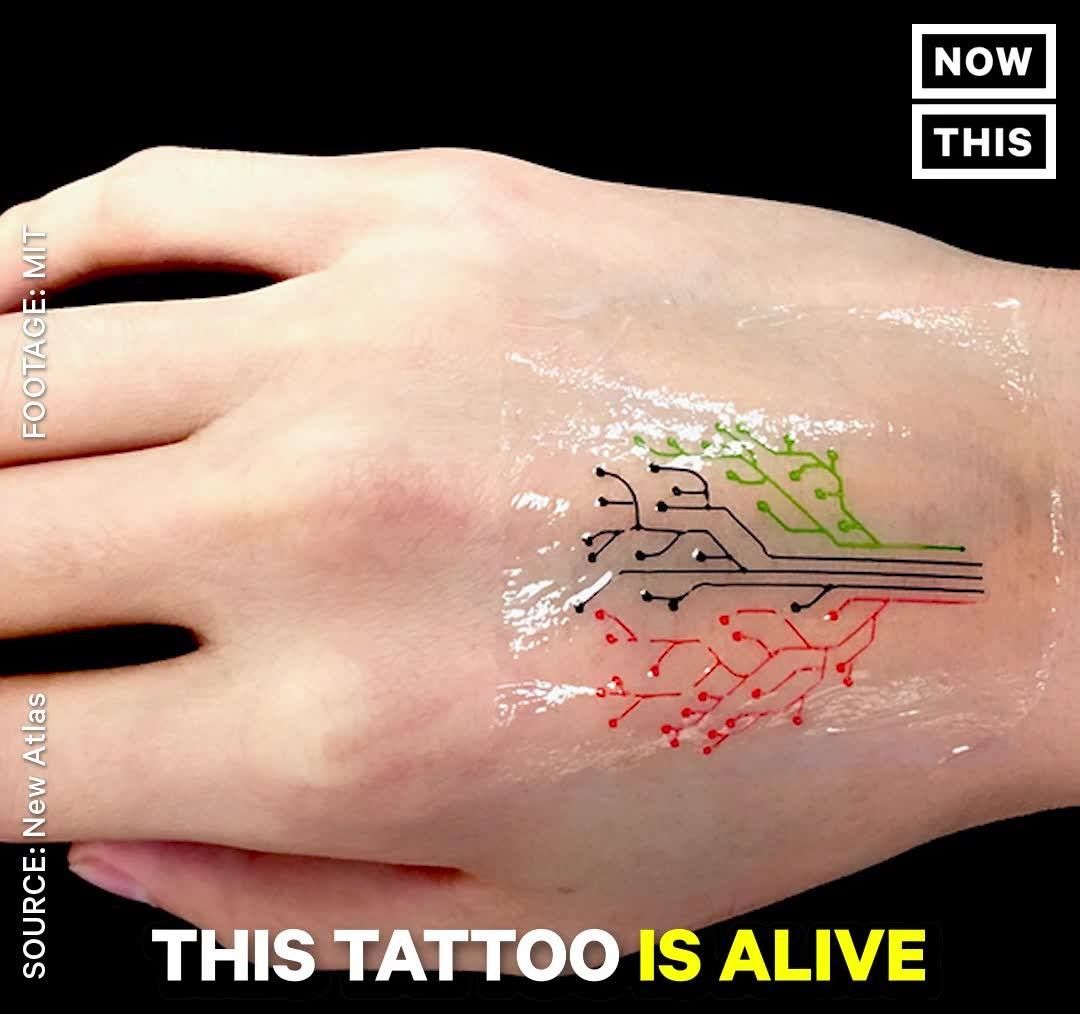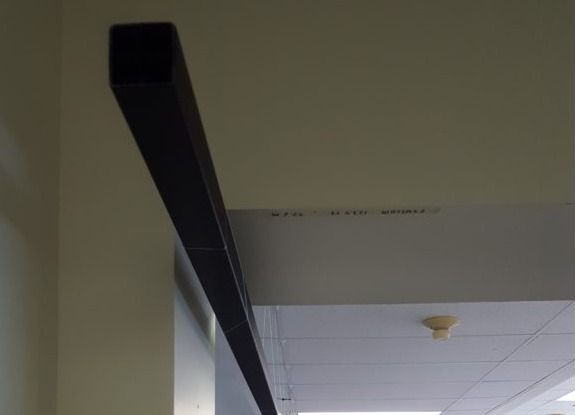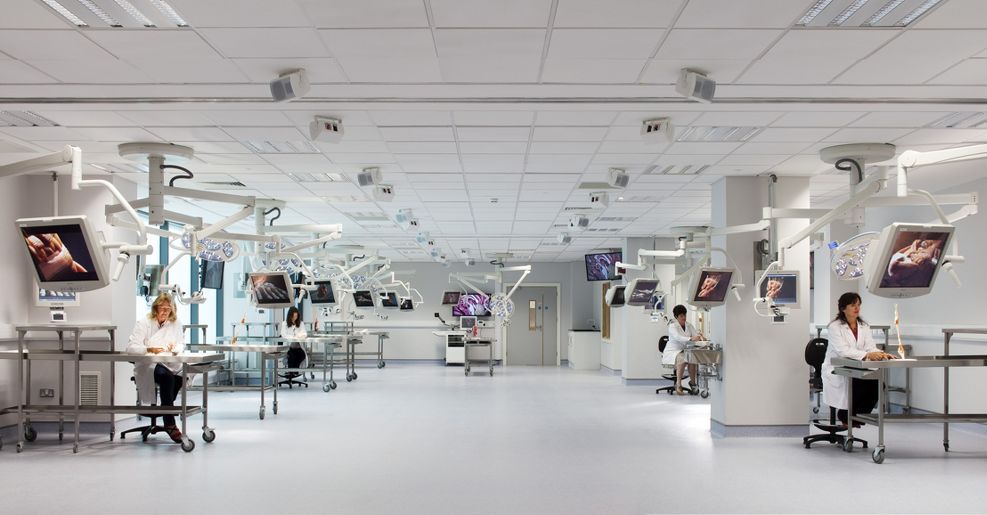Mar 14, 2018
Mad Scientists Want to 3D Print Every Dead Person Back to Life
Posted by Zoltan Istvan in categories: 3D printing, life extension, mathematics, quantum physics, transhumanism
This major religious site suggests I’m part of a group of mad scientists, but Quantum Archaeology is a very interesting idea that more people should ponder. The article also highlights the challenge of #transhumanism vs. religion and conservative attitutes: http://www.lifenews.com/2018/03/12/mad-scientists-want-to-3-…k-to-life/ #transhumanism
But the self-described secular transhumanist is perfectly serious in his posturing about the future of technology, life and death. Within 50 years, he believes scientists may be able to bring back people from the dead.
“After all, everything is matter and energy. And human life, human thoughts and human existence are mathematical, determinable calculations of that subatomic world of matter and energy,” Istvan writes.
Continue reading “Mad Scientists Want to 3D Print Every Dead Person Back to Life” »
